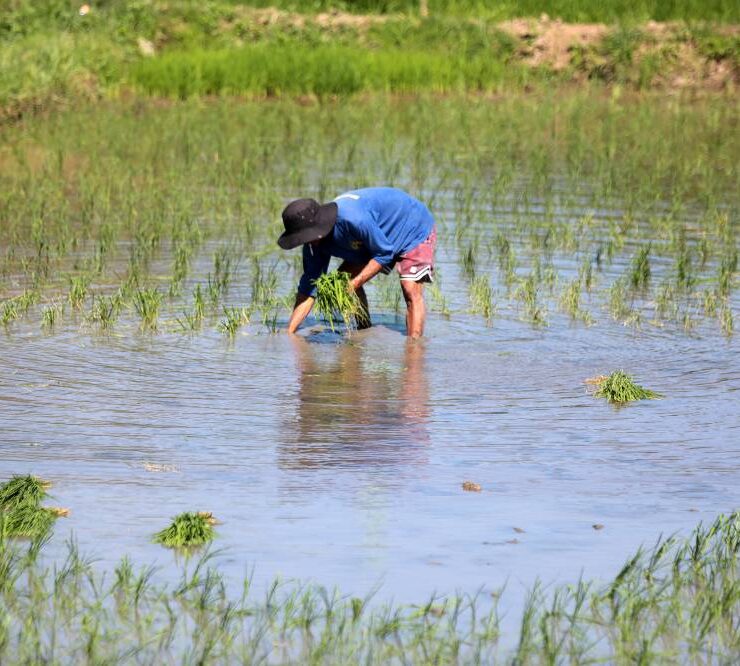Prices of agri products down 5.7 percent in Q3

Prices of agricultural commodities decreased by 5.7 percent in the third quarter of this year, largely pulled down by rice, according to the Philippine Statistics Authority (PSA).
The PSA said in a report the producer price index (PPI) for agriculture, which measures the change in the price that local producers receive for their produce over time, flipped the 8.6-percent growth in the same quarter a year ago. Prices also decreased further from the second quarter of 2024, which saw a decline of 7.7 percent.
The latest number slashed the year-on-year growth rate of PPI for agriculture to 5.8 percent.
Among commodity groups, the PSA reported that the PPI of crops and fisheries declined while that of livestock and poultry climbed.
Rizal Commercial Banking Corp. chief economist Michael Ricafort said the decrease in the retail price of rice pulled down the PPI for agriculture amid reduced tariffs and declining international rice prices.
“Furthermore, world rice prices declined to 2.5-year lows in recent months, down from 15-year highs seen from July 2023 to July 2024 with the end of El Niño drought in June 2024,” Ricafort said in a message.
He added this was partly attributable to global crude oil prices dropping near three-year lows. Prices of other global commodity prices also reached their lowest in three to four years due to softer economic data from China, the world’s second biggest economy and biggest importer of oil and other major commodities, he said.
“This would help support relatively benign inflation in many countries around the world, at or near central bank inflation targets that could help justify future [Federal Reserve] rate cuts that could be matched locally,” he added.
Ricafort also said typhoons that slashed domestic agricultural output could have led to temporary price hikes until supply chains normalized.
In its latest reading, the PPI for crops posted a drop of 8 percent from an increment of 12.5 percent a year prior.
Seven out of eight commodity groups recorded annual decreases during the reference period, according to the statistics agency, with leafy vegetables declining the most (61.1 percent) while the price index of cereals hit zero percent.
PPI for fisheries slid 8.3 percent following a minimal drop of 0.9 percent previously.
According to the PSA, three subsectors of fisheries, namely aquaculture, commercial fisheries and marine municipal fisheries, incurred slower annual drops while that of inland municipal fisheries went up albeit slowly.
Meanwhile, the price indices for livestock and poultry rose by 7.1 percent after they fell 1.7 percent.
Both livestock and poultry climbed 6.7 percent and 7.9 percent, respectively.
“Seasonal increase in demand/spending for the Christmas holiday season would lead to some uptick in prices, but only to go down upon crossing the new year after the holiday season,” Ricafort said.





















